The First Slam Dunk (played by Asia basketball's current stars)
BEIRUT (Lebanon) - In celebration of the film release and Slam Dunk's impact on Asia basketball, we're quickly comparing some current real live Asia basketball stars compared to Slam Dunk characters.
BEIRUT (Lebanon) - The popularity of basketball in Japan was boosted by the Slam Dunk Manga in the 1990s. We took a deep dive to discuss this in 2018 and now, the influence of the Japanese "comic" is confirmed to be as strong as ever.
The manga series was recently re-released as an animated feature film, "The First Slam Dunk", on 3 December 2023. Shown in 378 theatres across Japan, the film earned approximately 1.3 billion Yen (9.5 million USD) from its first weekend in theatres.
The strength and intrigue of Slam Dunk is the authenticity of the players in which readers (who are either already basketball fans or later converted to being basketball fans) can't help but relate with.
In celebration of the film release and Slam Dunk's impact on Asia basketball in general, we're quickly comparing some current real live Asia basketball stars that have a resemblance to the Slam Dunk main characters.
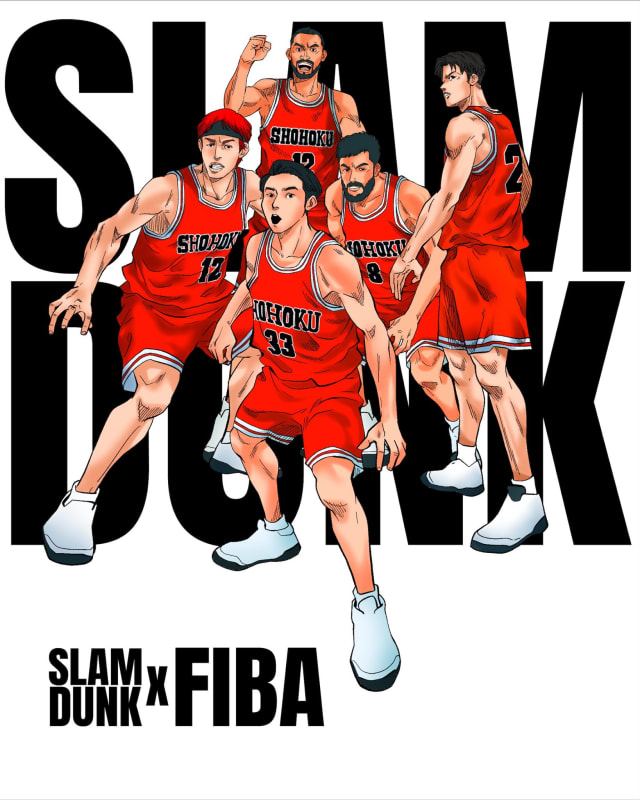
What do you think about these comparisons?
Yuta Watanabe (JPN) - Hanamichi Sakuragi
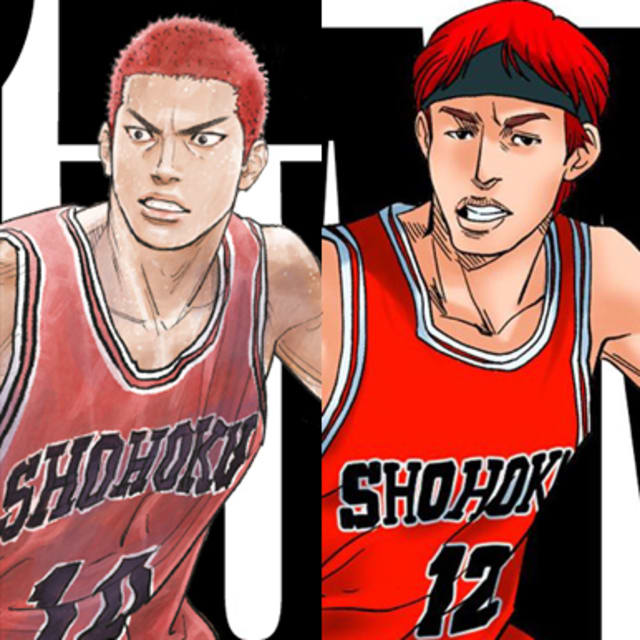
While we doubt that Yuta's origin story matches that of Sakuragi in terms of the whole being a late-blooming slacker who only started playing basketball to impress a girl (or is it?), how their "careers" progressed does have similarities.
Both were highly noted early on for their physical attributes, whether it was their length and athleticism.
Like Sakuragi, Watanabe made his way upwards in the basketball world, exceeding expectations of playing at a high-level in the NCAA and even making it to the NBA, by emphasizing on his hustle and defensive capabilities. This can be attested by his A-10 Defensive Player of the Year award in 2018 and his two times being on the A-10 All-Defensive Team in 2017 and 2018.
Even as they were able to achieve a level of success (Watanabe making it to the NBA, Sakuragi solidifying as a key part of the team), they did not stop. While they continued to do what they did best (defense and hustle), both needed a way to expand their games and found a similar solution - their jumpshooting abilities.
Where Saluragi mastered the mid-range jumpshot that lead to the dramatic buzzer-beater at the end of the series, Watanabe has also developed himself to become one of the better three-point shooters in the NBA.
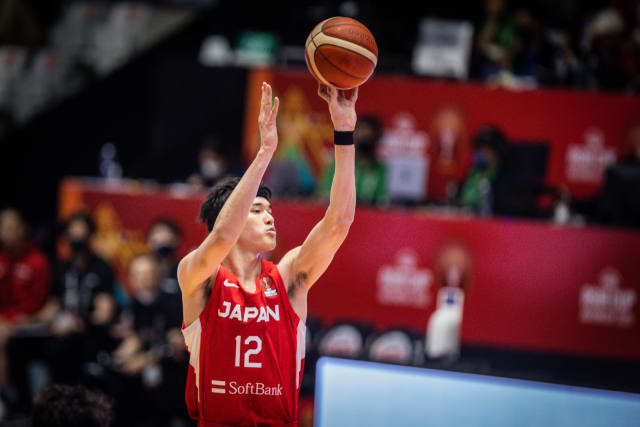
As Sakuragi would say in the manga, "It's not too late to change ourselves and have a meaningful life."
Mohammed Alsuwailem (KSA) - Takenori Akagi
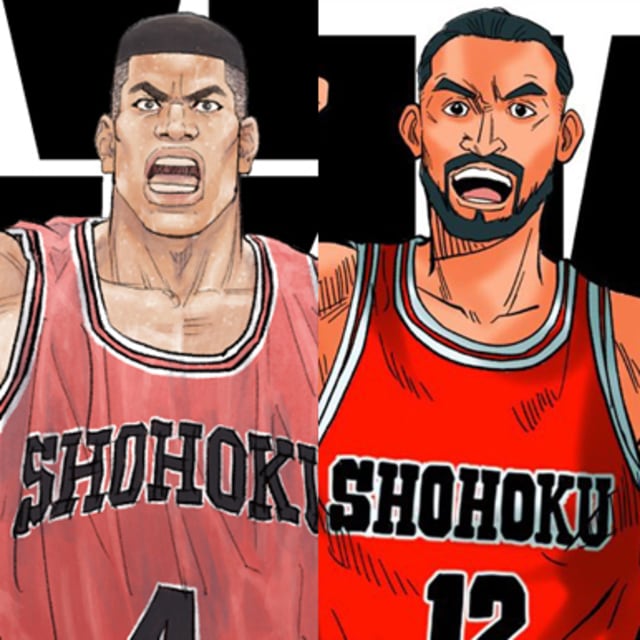
We will admit that it was tough to find a player in the mold that Akagi was written - a traditional 90s era center. In the end, Saudi Arabia's Alsuwailem turned out to be quite a good fit.
Just like Akagi, Alsuwailem has always been the rock in the paint for Saudi Arabia ever since making his debut in 2018. He alters shots from opponents that come his way in the paint and many of those that dare to release a shot in front of him end up feeling the wrath of a "fly-swatter" block.
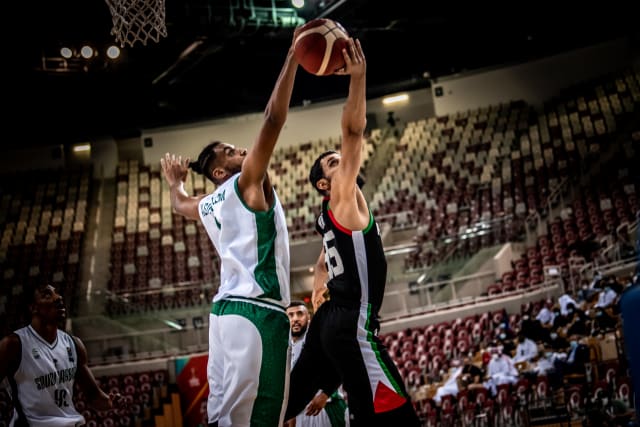
Both teams (Akagi's Shohoku High School and Alsuwailem's Saudi Arabia national team) sorely missed their presences due to injuries, even if their teams did their best to fill up that void. With Alsuwailem reportedly now healthy and back in action, we'll be reminded soon on the court why this comparison just works.
Behnam Yakhchali (IRI) - Hisashi Mitsui
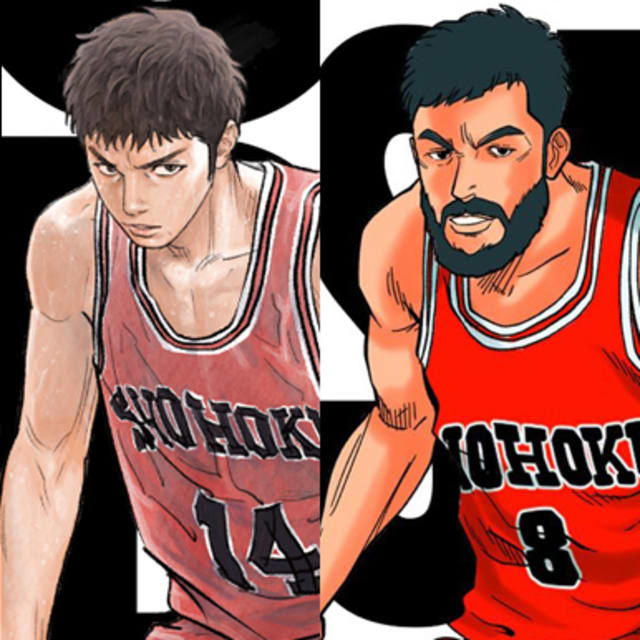
Yakhchali does not have the painful backstory like Mitsui of having to comeback from a knee injury, but there's a lot to like about their similarities.
The two were prodigies at a very young age. While Mitsui was an MVP in the junior high level, Yakhchali was just as impressive as a teenager. He shined for Iran at the U19 World Cup in 2013 before making his senior national team debut at 19 at the FIBA Asia Challenge in 2014 where they won the title.
Now 27, Yakhchali has assumed more of a veteran leadership role (like Mitsui did with Shohoku in the later stages) while also continuing to be the superb marksman that he is.
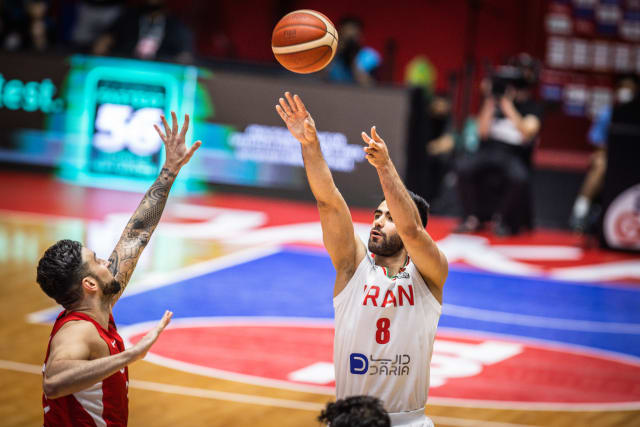
Dwight Ramos (PHI) - Kaede Rukawa
Let's get this out of the way. The immediate similarity we draw here between Ramos and Rukawa is the fact that they always command the attention of the fans, especially women, because of their looks.
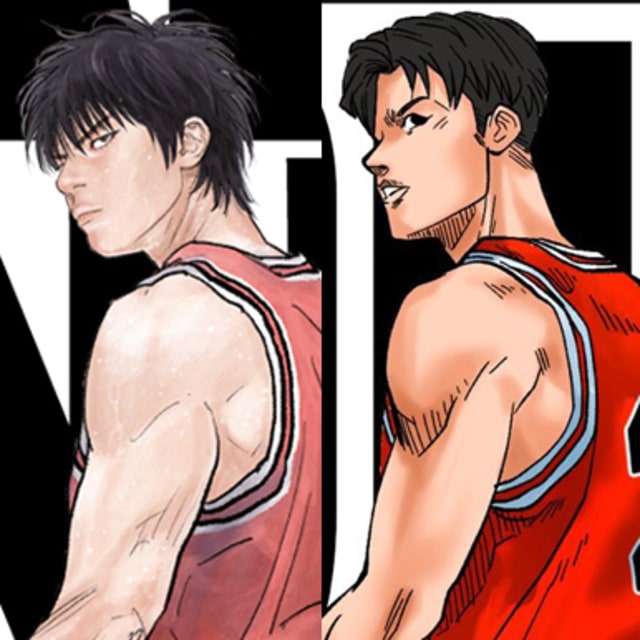
But, of course, that's not all.
You'd be wrong to let those looks distract you from the fact that both of these stars are just pure "ballers" for their teams. Both Ramos and Rukawa have laid-back demeanors and are relatively soft-spoken, but their games speaks volumes.
They came in as highly-touted prospects and has more than lived up to the hype for their respective teams, being able to do a little bit of everything at a very high-level. Slam Dunk readers know how determined Rukawa is to be the best and to win and those who have followed Ramos should be able to confirm that there's a similar vibe with the Philippines basketball star.
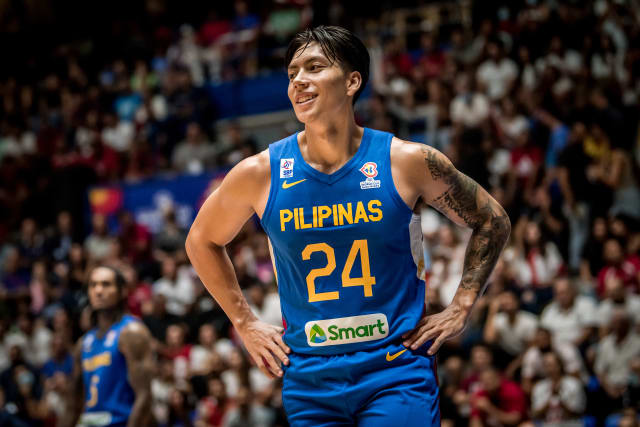
"No matter what, I will be number one, and I'll beat anyone who stops me from achieving that," is a quote from Rukawa in the manga, but if someone told us it was something that Dwight Ramos had said at some point in his career, we'd probably believe that without a doubt, too.
Yuki Kawamura (JPN) - Ryota Miyagi
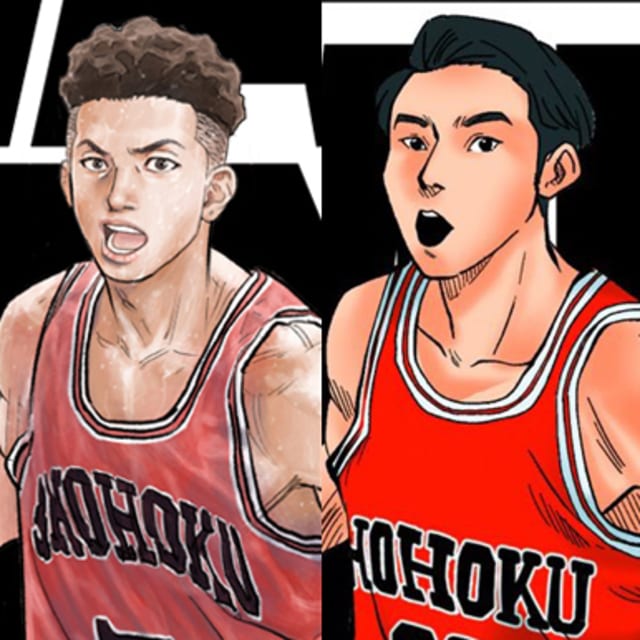
Could there be a more perfect fit for this comparison?
"Don't think basketball is just about height," said Miyagi early in the manga, which again feels exactly like something Kawamura would say in real life.
Kawamura will always be one of the smallest players on the court but, so far, the youngster hasn't let that slow him down from shining on the hardwood. Actually, there's not a lot that opponents can do to "slow" the quick point guard down.
That's pretty much the same strengths as that of Miyagi in the Slam Dunk manga, enough to earn him the nickname "Lightning Flash Ryota".
That speed (for both Miyagi and Kawamura) also comes in handy on the defensive end, where both players also excel. Japan national team head coach Tom Hovasse has always complimented Kawamura's effort and intensity on defense, while Miyagi is always able to pick the pockets of even the best guards in the story.
One of the more underrated and developing aspects of the games of both Kawamura and Miyagi is their leadership. Miyagi takes a slight step back in seniority to Mitsui and Akagi, but we saw that as the story progress up until the last chapter, Miyagi grew more and more comfortable as a leader of the team heading into his senior season.
Similarly, Japan is more dependent on the leadership of veterans like the aforementioned Watanabe, Rui Hachimura, and Yuki Togashi at this point, but you can see in some instances where Kawamura relishes in taking the charge on the floor.
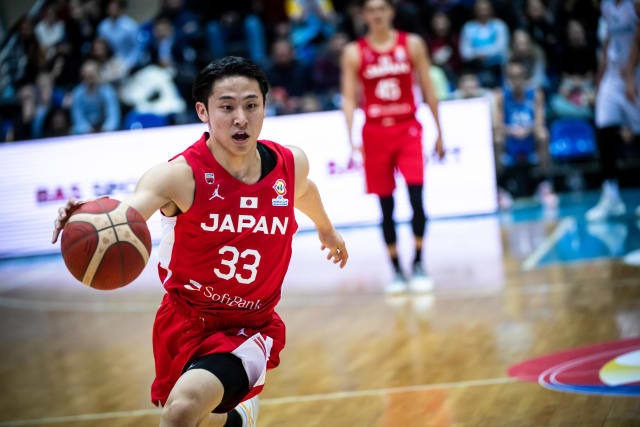
We never get to see how Miyagi's senior season with Shohoku High turns out to be like, just as how we have yet to see how Kawamura would be in a larger role on the team… but we know that it would definitely be exciting to see how things pan out.
FIBA